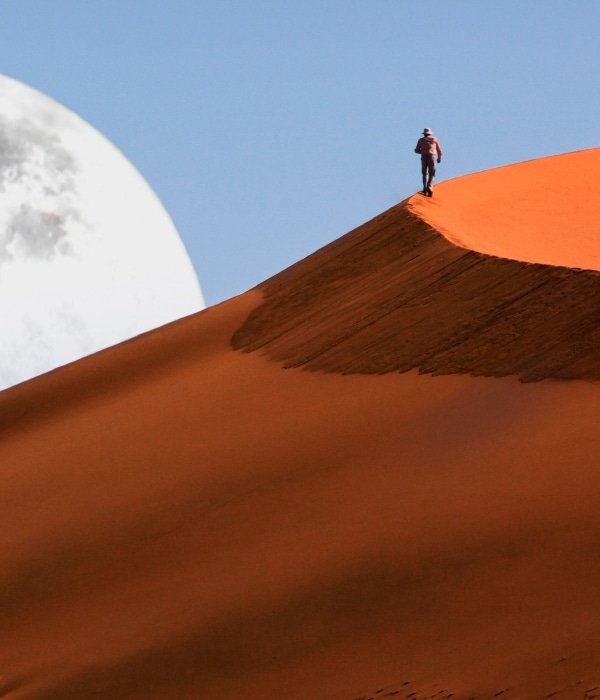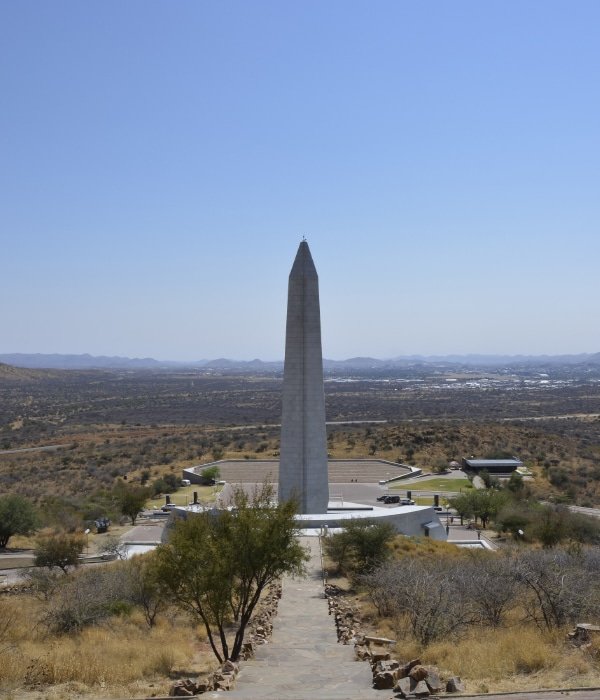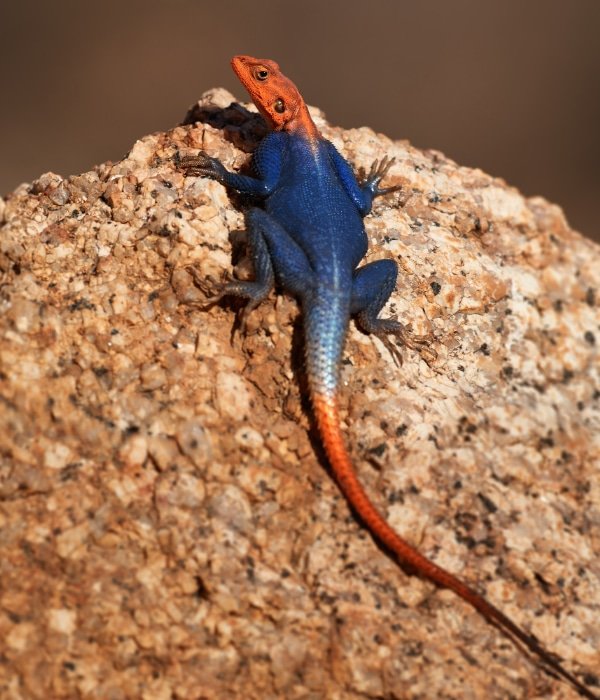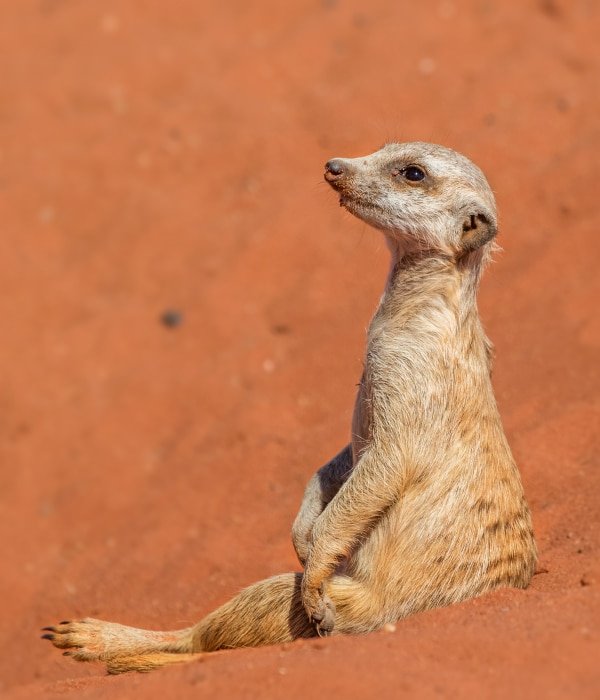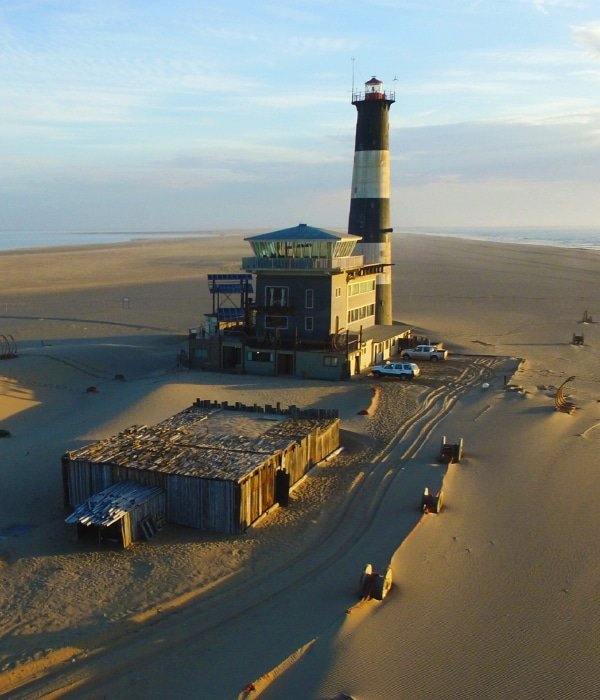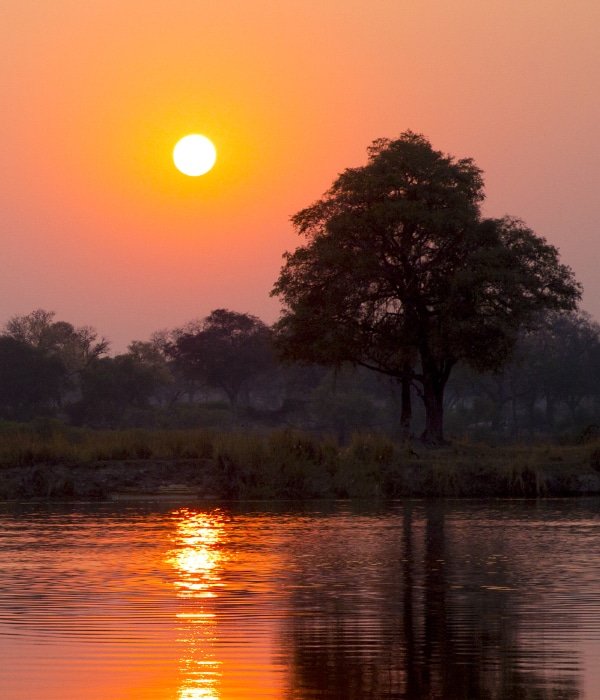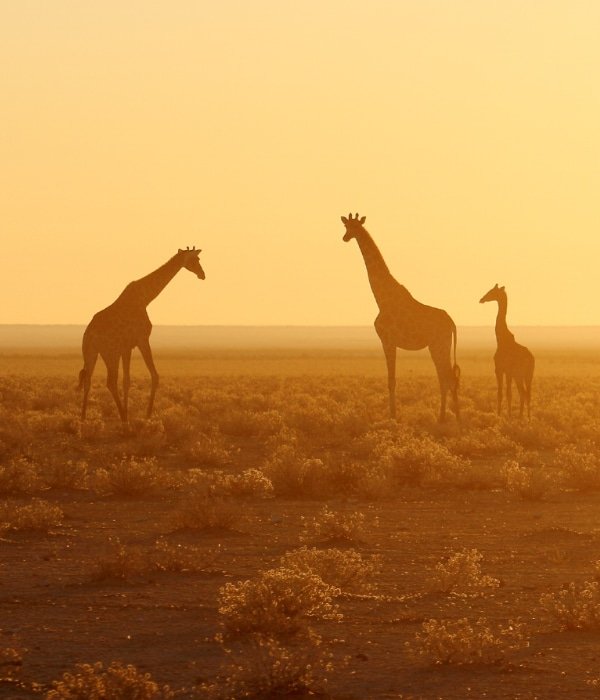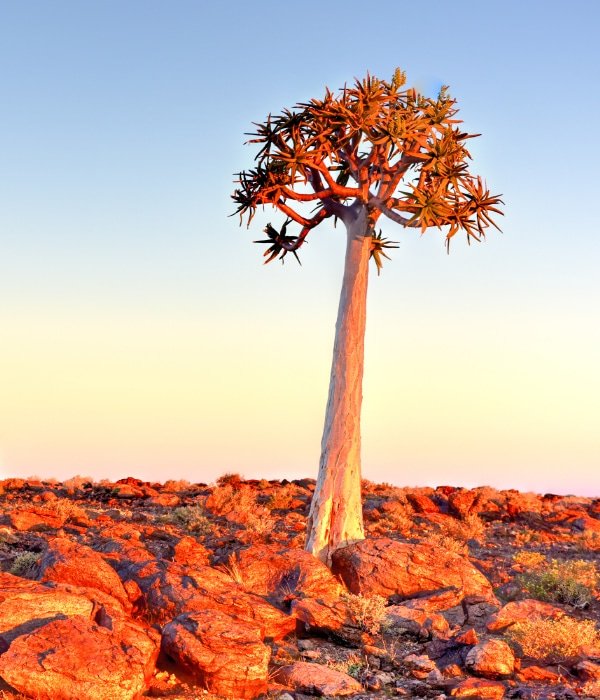Overview
Namibia will enthral you with its otherworldly landscapes and elemental emptiness, with its barren, sand-swept coastline, its roaring sand dunes and vast canyon. Driving across the country, one realises that it really is one of the most sparsely populated countries on earth.
In the north, the country transforms with rivers and wetlands in the Zambezi Region (previously known as the Caprivi Strip) and the impressive Etosha National Park which easily positions itself as one of the elite wildlife-watching destinations in the world.
Visiting Namibia offers a world of possibilities and breath-taking adventures as you’ll see in this section. These are just a taste of what is available and our team here at Ikewana, who has experienced them first hand, will guide you all the way as you customise your Namibian adventure.
Namibia's Climate
As most of Namibia is covered by desert it is unsurprising that the climate is exactly what you would expect from a desert country. Daytime temperatures are hot (extremely hot in summer) and nights are cold, some areas frequently drop below freezing in winter. Rainfall is sparse; with the northeastern areas of Namibia getting the most rain (this area is tropical) and rainfall decreasing as you travel south and westwards. The Namib Desert runs along the coast and rain in this area is rare.
The rainy season in central Namibia starts in January and runs until the middle of April. Further north the rains begin earlier and as you travel south, the season becomes shorter. It’s fairly safe to say that if you travel in the winter months you will hardly see a cloud, except for the deep south where occasional (once every couple of years) winter rains do occur. Coastal Namibia is different; it only ever gets really hot in winter (when the east wind blows), almost never rains, and is frequently blanketed by fog.


